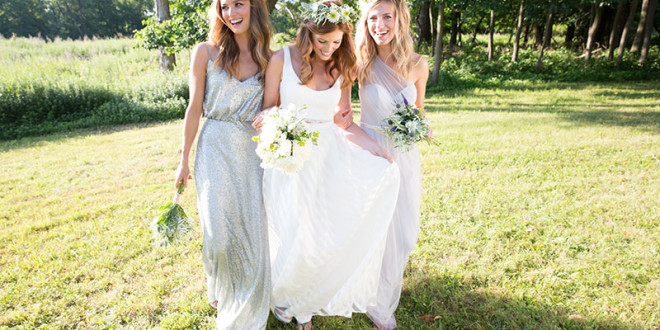[ad_1]
The most Sensual attire in the history of clothing!
Every unstitched cloth in history has been considered to be sacred. This particular attire finds its origin back to the Indus valley civilization with women wearing it draped like a trouser.
Over a time period, Saree has seen an exponential change not just as an attire to be worn to temples but also as an everyday wear. Through the tunnel of history every region has adapted its own style of wearing the Saree and each has their own history. Now-a-days, sarees are preferred mostly as Party wear. A rightly draped, pleated and well matched blouse can always make the Lady and give her a high ego boost.
History of Saree:
The word Saree comes from the Prakrit word “Sattika”, which later got shortened into “Sati” and much later “Sari”. As Hindus regarded any stitched cloth to be impure, women were not taken to wearing blouses prior to the British era. With British invasion and more Muslim women preferring to wear Saree, the existence of Blouse aka the Choli came into being. Starting then the main aspects of Saree remain the same; a 6 yard Saree, a petticoat and a matching blouse.
Nivi Style of Wearing a Saree:
Before wearing a Saree, one needs to make sure that she has a matching well fitted blouse and a non-flaring Petticoat. Check that the length of the petticoat is from wait to your ankles. Take one end of the sari and neatly tuck into the petticoat around the waist from right to left. Make sure that the lower end of the Saree is touching the floor slightly.
Resume from the place where the sari tucking has just ended and now start making pleats in the sari from there. About five to six pleats in the sari, each of them with a width of five inches should be enough. Hold them all together so that they fall straight and even. Then tuck the pleats into the petticoat slightly left to the navel. Also make sure that the pleats are turned in the left direction.
The portion of the sari left after the pleating is called the Pallu. Now gather the pallu and place it over the left shoulder. The upper border of the sari should slant across the bust from under the right arm to over the left shoulder. The pallu should touch your finger-tips as it falls evenly behind you. You can prevent it from slipping off by fixing it at the shoulder to the blouse with a small safety pin.
Gujurathi Style of Wearing a Saree:
Gujrati style of wearing a saree is very similar to the nivi style with the only difference being that in this styleis the Pallu. The “pallu” or the decorative end of the sari is draped over the right shoulder rather than the left shoulder. Also, in this style the pallu is draped from back to front and unike the normal style in which the pallu is draped front to back.
Maharastrian Style of Wearing a Saree:
Maharashtrian style of saree draping is common among the Brahmin women especially in Maharashtra, Karnataka and Andhra Pradesh. This saree is draped in a way that the center of the saree is placed at the back of the waist and the ends of the sari are tied securely in the front. Then the two ends are wrapped around the legs. The right part is now draped decoratively over the shoulders while the left part is pleated and secured at the waist.
Mundu Neriyathum:
Mundu Neriyathum is the signature style of Kerala. This style compromises of a Mundu or the lower skirt piece and a Neriyathum or the drape of the saree along with a blouse. Mundu is worn like wearing a Dhothi and is securely wrapped at the hip. Now the Neriyathum is draped over the blouse and tucked at the waist of the Mundu.
Though there are various styles of wearing a Saree, these four styles are the most prominent and Basic styles of Saree. There are gamut of styles according to the region and customs. Like Madisar style is limited to the Brahmin ladies while Kodogu style is limited to the tribal population of Nilgris. This styles arise sue to the need of the area they reside in.
[ad_2]
Source by Katrina Cathy

